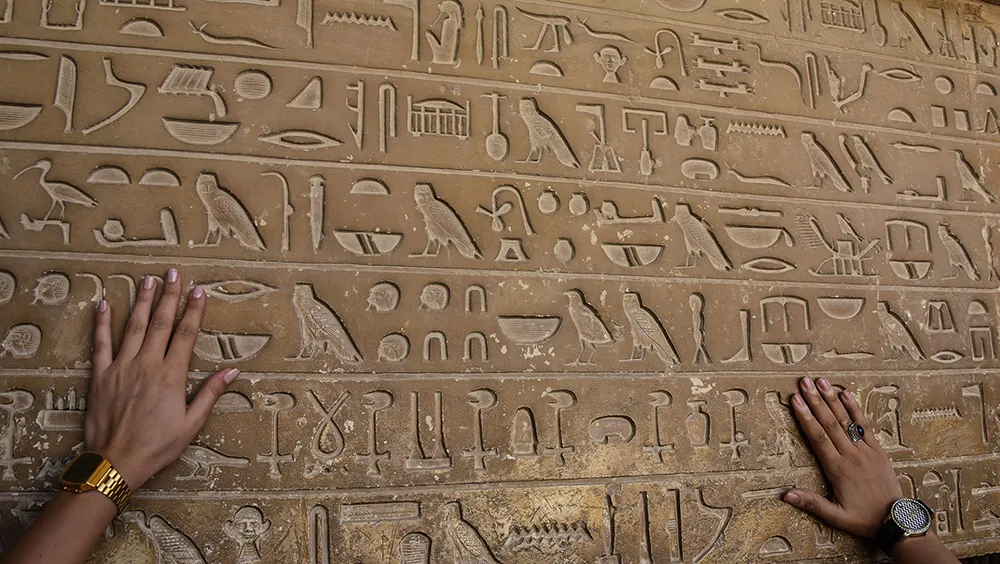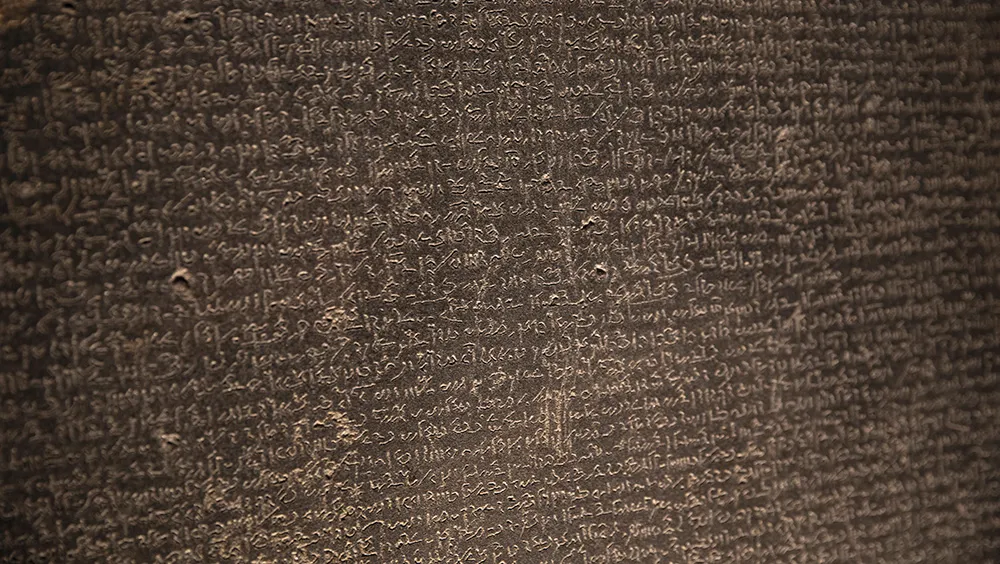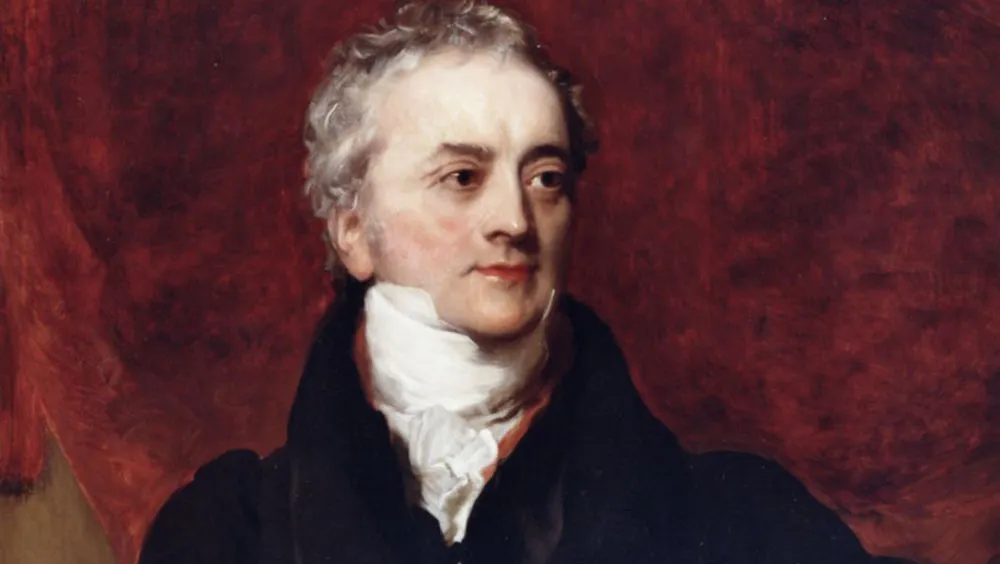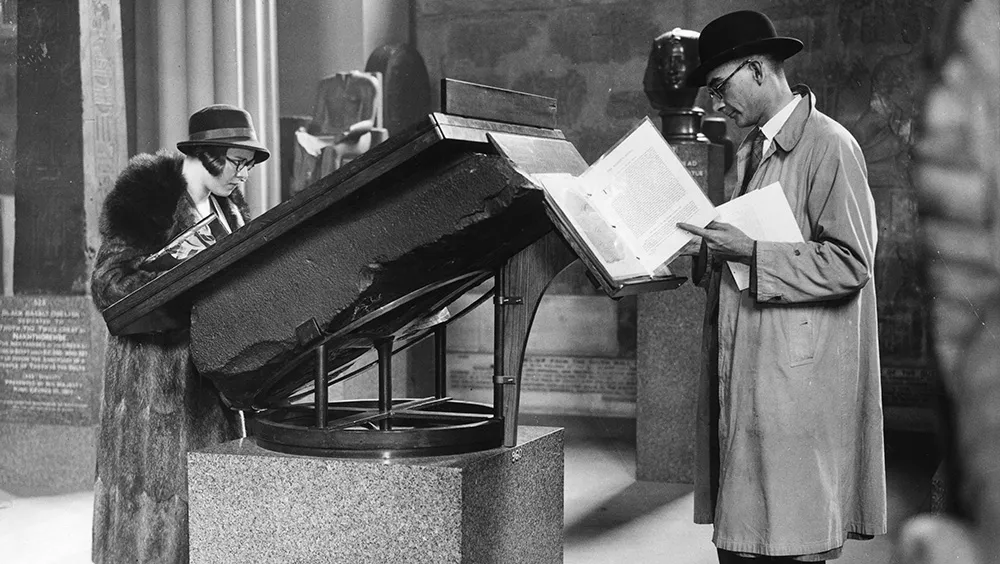3100BC

The ancient Egyptians invent hieroglyphic writing and use it for more than three millennia: the last inscription known is dated AD 394.
Knowledge of how to read the hieroglyphic language was then completely lost until 1822.
Read more about hieroglyphs:
- How we deciphered Ancient Egyptian hieroglyphs
- What is the Rosetta Stone?
- Who deciphered Egyptian hieroglyphs?
1799

The Rosetta Stone is discovered in Egypt at Rosetta (modern Rashid) by soldiers from Napoleon Bonaparte’s army.
Dating from 196 BC, it carries three inscriptions: two in Egyptian scripts and one in Greek.
1819

Thomas Young publishes a long article, ‘Egypt’, as a supplement to the Encyclopaedia Britannica.
In it, he proposes a hieroglyphic ‘alphabet’ and reads many hieroglyphic names and words, some correctly.
1822

Jean-François Champollion, at a celebrated lecture in Paris, shows how to read dozens of hieroglyphic names from the Greco-Roman period of Egypt, such as Caesar, Cleopatra and Ptolemy.
1824

Champollion’s Précis Du Système Hiéroglyphique Des Anciens Égyptiens extends his system back to the early pharaohs. Though brilliant, parts are erroneous, leading to bitter controversy.
- This article first appeared in issue 257 of BBC Science Focus–find out how to subscribe here

